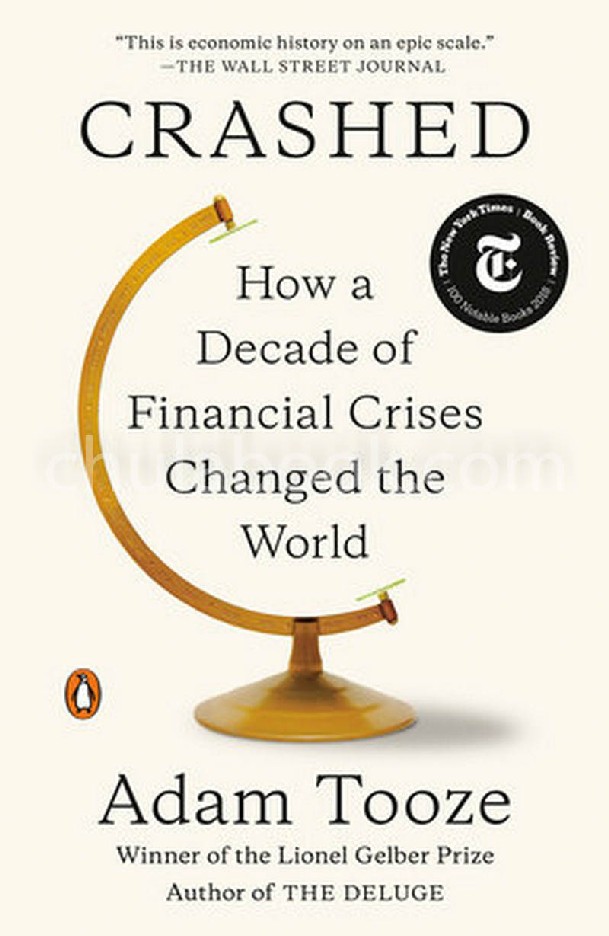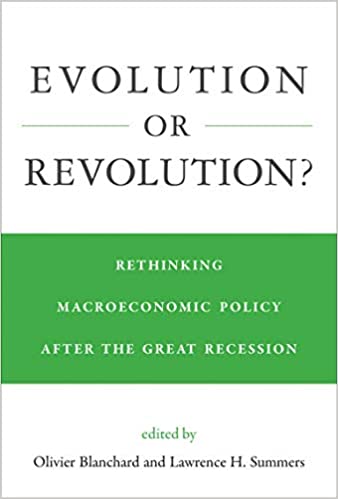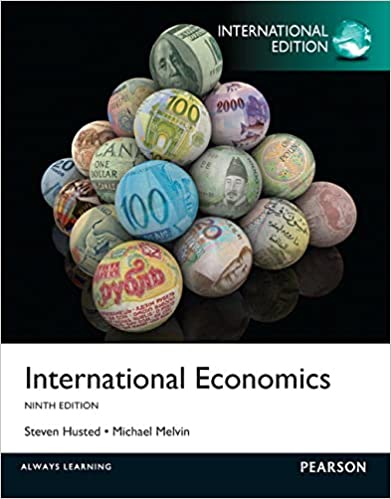
WORLD ECONOMIC FIGURES AND THAILAND MACROECONOMIC DATA (VOL.1/2013)
อี-บุ๊ค
฿ 99.00
299.00
ประหยัด 66 %
ข้อมูลหนังสือ
Barcode : 3000000001180
หมวดหนังสือ : เศรษฐศาสตร์ทั่วไป
รายละเอียดสินค้า : WORLD ECONOMIC FIGURES AND THAILAND MACROECONOMIC DATA (VOL.1/2013)
Economic forecasting is the process of making predictions about the economy. Forecasts can be carried out at a high level of aggregation - for example for GDP, inflation, unemployment or the fiscal deficit - or at a more disaggregated level, for specific sectors of the economy or even specific firms. Many institutions engage in forecasting, including international organizations such as the IMF, World Bank and the OECD, national governments and central banks, and private sector entities, be they think tanks, banks or others. Some forecasts are produced annually, but many are updated more frequently. There are a lot of studies completed on the subject of forecast accuracy. Accuracy is one of the main, if not the main criteria, used to judge forecast quality. Methods of forecasting include Econometric models, Economic base analysis, Shift-share analysis, Input-output model and the Grinold and Kroner Model. The author has compiled summary of global economic outlook in 2013 from well-known international organizations, World Bank; the IMF; ESCAP and the OECD together with Thailand macroeconomic assessments from NESDB, BOT and MOF for executives, top to middle management of private sector entities and entrepreneurs to understand and predict each local environment in which they are doing business accurately










